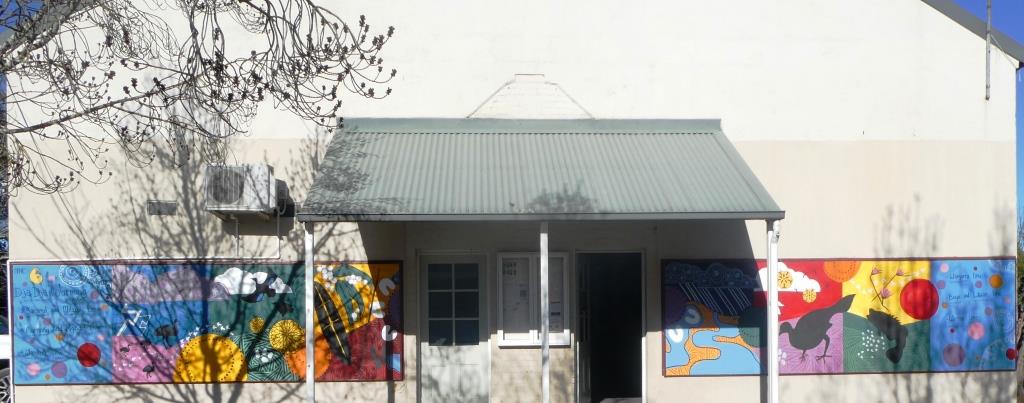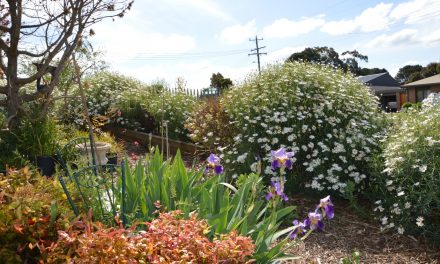Victor Szwed
For the first eight months of this year our total rainfall of 514mm is still below the average total of 599mm. The BOM modelling indicates that above average rainfall is expected across the eastern half of Australia from now to November. As of Wednesday this week, the BOM were forecasting 7 to 25mm of rain for Sunday.
The Bureau of Meteorology’s (BOM) local agent recorded 119.2mm of rain for August well above the long-term average of 103.7mm. My weather station recorded 142mm for the month which highlights how rainfall can vary across the area.
Daylesford’s water supply was down to 31% in late June but following recent months of above average rainfall, they were 97% full as of 2nd September.
Daylesford is still subject to Stage 2 Water Restrictions despite reservoirs being almost full to capacity. A spokesperson for Central Highlands Water said, “CHW is currently reviewing Stage 2 Water Restrictions for the Daylesford water supply system. A decision will be made on the next steps during week commencing Monday 8 September. Following this, the Daylesford and Hepburn region community will be advised of any changes to water restrictions.”
Wattle trees have been flowering now for a few weeks and many other changes have been underway even though the wintry weather is still here. We follow the four seasons system brought from Europe that does not accurately reflect the Australian changes in weather. For instance, warmer summer weather usually does not kick in until January and continues till late March. There are many other signals from the weather and native animals that highlight that there are differences between the European seasons system and what actually happens here.
In July 2022, I wrote an article for the Wombat Post about the six seasons that the Dja Dja Wurrung recognise. Aboriginal and Torres Strait islander people have worked with the environment and observed for more than 65,000 years as part of the world’s oldest continuous culture.
The six seasons relate to many features such as when ducks nest, golden wattle time, times to collect seeds, when fish lay eggs, season of wildflowers, season of honey bees and a range of other environmental conditions. In 2021, local artist Natasha Carter, a Djaara, Yorta Yorta and Jaru women created the mural at Daylesford Primary School depicting the six seasons.
The BOM has extensive information regarding Indigenous Weather Knowledge across the continent. You can see this via the heading “Indigenous Weather Knowledge” on the bottom, right hand side of the BOM home page.
When you go walking or driving in our wonderful Central Highlands environment, observe what the animals and plants are doing. Relate these back to the Indigenous seasons and you should find some fascinating knowledge and observations.
If you would like to learn more about the Indigenous heritage of our region, pick up local author, Barry Golding’s book “Six Peaks Speak” which covers “Unsettling Legacies in Southern Dja Dja Wurrung Country”. This is a highly researched book not only about how the Dja Dja Wurrung people lived with the environment but also about the often violent actions by European people who forcibly evicted the traditional owners from their lands.
Victor Szwed is a Daylesford resident who contributes a monthly weather update to The Wombat Post.





